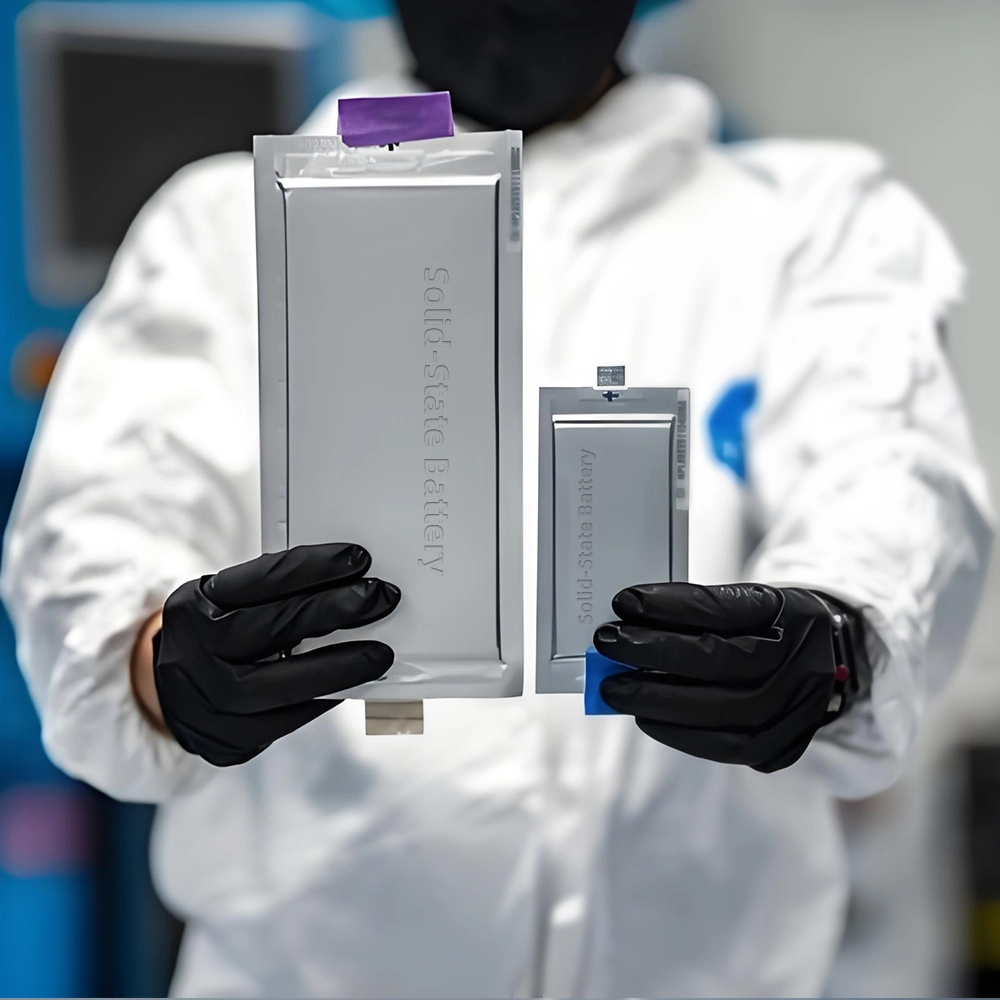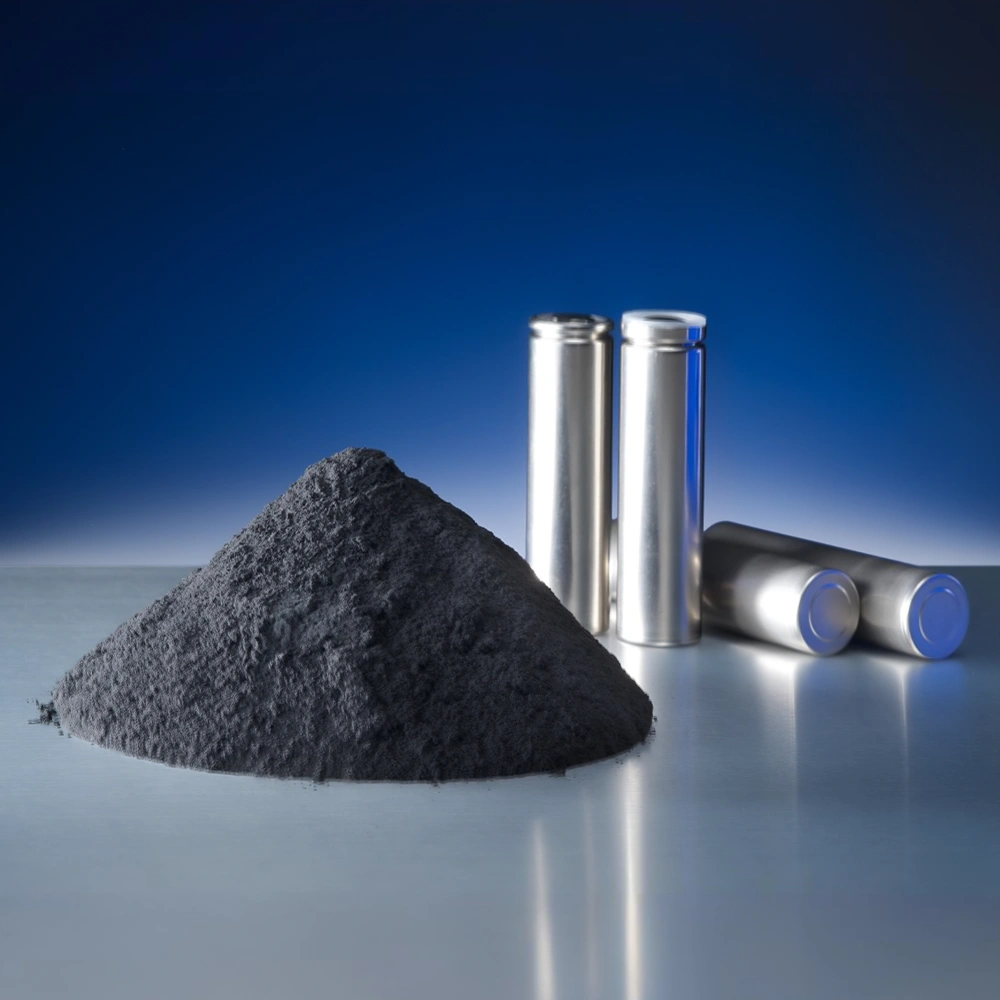Temperature has a significant impact on battery performance, particularly in lithium-ion batteries, which are widely used in various applications due to their high energy density and stability. Here's a detailed overview of the effects of temperature on batteries.
High temperatures, especially above 35°C (95°F), can accelerate chemical reactions within the battery, leading to faster degradation and reduced lifespan .Overheating can cause thermal runaway, a dangerous condition where the battery can catch fire or explode . Prolonged exposure to high temperatures also increases safety risks and can lead to device failure .
Low temperatures, particularly below 0°C, impair charging efficiency as the internal resistance of the battery increases, and the maximum voltage is reached earlier . This can result in longer charging times and reduced capacity. During discharge, low temperatures increase internal resistance, reducing power output and capacity . Operating at low temperatures can also weaken acceleration and reduce the runtime of devices .
For lithium batteries, the recommended storage temperature range is -20°C to 25°C (-4°F to 77°F) . Storing batteries outside this range can accelerate aging or cause irreversible damage . In extreme climates, insulation or heated storage areas can prevent freezing, while cool, shaded areas or climate-controlled environments are recommended for hot climates .
Charging lithium batteries at low temperatures decreases efficiency, leading to slower charging times and reduced capacity . High temperatures during charging can cause overheating and thermal runaway, posing safety hazards . The optimal charging temperature range is 0°C to 45°C (32°F to 113°F) .
Discharging at extreme temperatures also affects performance and lifespan. Low temperatures increase internal resistance, while high temperatures can accelerate chemical reactions, leading to faster degradation and capacity loss . It's best to avoid discharging below -20°C (-4°F) or above 60°C (140°F) .
To mitigate the effects of temperature on batteries, thermal management systems are crucial. These systems help maintain optimal battery temperature, especially in electric vehicles, where temperature effects can significantly impact performance and range .
In summary, temperature plays a critical role in the performance, safety, and lifespan of batteries. Managing battery temperature effectively is essential to ensure optimal operation and to prevent damage due to extreme temperatures.




The lab focuses on solid-state battery research to overcome traditional lithium batteries' safety and energy density issues, supporting environmental sustainability. It develops innovative solid-state electrolytes, refines electrode materials, and investigates ion transfer and interface stability to revolutionize battery technology.

The electric vehicle battery industry is rapidly developing, focusing on technological innovation, market competition, and sustainability. Research hotspots include solid-state batteries, new types of electrolytes, BMS optimization, and recycling technologies. The environmental adaptability, safety, and economic viability of batteries are key research areas, and the industry is expected to undergo more innovation and transformation.

Specializing in battery preparation technology research, the focus is on overcoming existing energy storage challenges by innovating in electrode materials, battery chemistry, and manufacturing processes to improve performance, safety, and reduce costs. Sustainability and recycling technologies for batteries are also emphasized to mitigate environmental impacts and foster the growth of green energy.